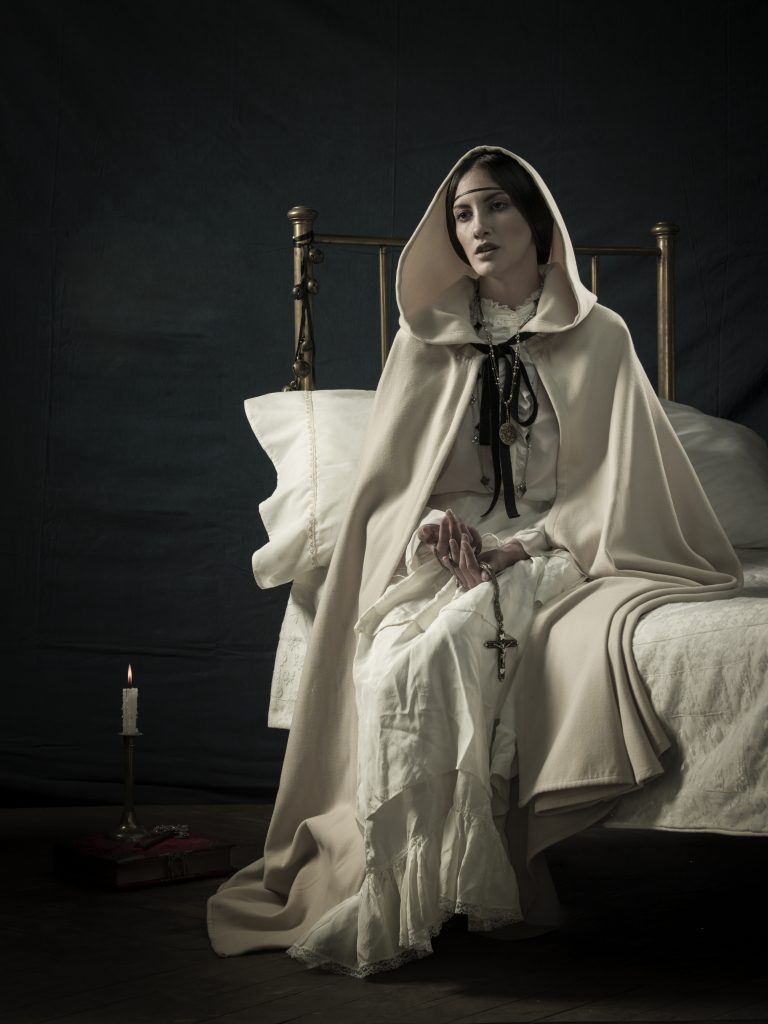
The grim undertones of fairy tales are often fascinating, the unvarnished originals often chilling in their stark depiction of human moral frailty. Hans Christian Andersen wrote “Never had she danced so beautifully; the sharp knives cut her feet, but she did not feel it, for the pain in her heart was far greater.” Accounts of torture, heartbreak, cannibalism, rape and incest abound – the dark side of fairy tales are not easily forgotten, and certainly more powerful than the bland versions we collectively grew up with before bedtime. Enchanted with the duality echoing at the core of these popular stories, many artists have explored the narrative framework of fairy tales, attempting to restore their complexity and inherent darkness. Surreal and disturbingly morbid, Miwa Yanagi’s Fairy Tale series features elaborate black and white scenes, with young girls as models assuming the roles of both victims and perpetrators of gruesome and twisted acts. The stories are unsettling, violent, and confuse the distinction between old age and youth. By juxtaposing these young girls and horrific twists, we come to the realization that fairy tales might not have been originally intended for children, a position compellingly argued by J.R.R Tolkien, an eminent professor of English Language and Literature at Oxford University, as well as one of the centuries most beloved authors. Using wigs, latex, makeup and other theatrical techniques, Yanagi’s retold fairy tales are haunting and disconcerting, immortalizing the macabre ending of the original stories. Photographer Anna Gaskell explores “All Fur,” a more malevolent take on the classic Cinderella story. Her haunting yet elegant chromogenic color prints are touched by an unknown horror that is revealed only by reading the displayed text: there are overtones of incest in this censored fairy tale. In the shadowy, tense interior of Gaskell’s “Untitled, #35 (hide),” a seated young woman is clad in a sleeveless white shift, looking through her dark hair. Her outstretched legs are bound by tights to create a yonic triangle. When Madame d’Aulnoy first coined the term contes de fées to describe her work in the late 17th century, she not only willed into existence the term ‘fairy tale’ but set in motion a tradition of revisionist writings driven by women that was perhaps most significantly inherited by Angela Carter in 1979. Carter’s The Bloody Chamber, a now canonical series of dazzling short stories, has been instrumental in creating contemporary readings of the fairy tale genre across art, film, literature and technology. In Carter’s retelling of Little Red, The Company of Wolves, Little Red is not devoured by the Wolf – she devours him, seducing her predator and taking him to bed.
Story by Cassandra Harris.

